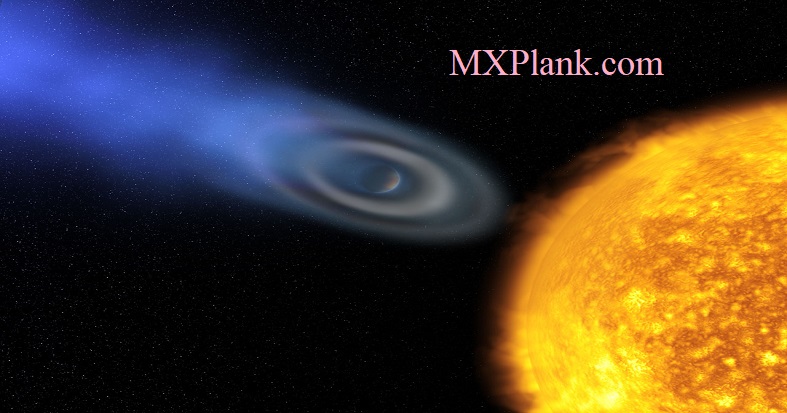
This NASA/ESA Hubble Space Telescope image shows a spiral galaxy known as NGC 7331. First spotted by the prolific galaxy hunter William Herschel in 1784, NGC 7331 is located about 45 million light-years away in the constellation of Pegasus (The Winged Horse). Facing us partially edge-on, the galaxy showcases itís beautiful arms which swirl like a whirlpool around its bright central region

This image is the largest image ever taken with Hubble's WFPC2 camera. It was assembled from 24 individual exposures taken with the NASA/ESA Hubble Space Telescope and is the highest resolution image of the entire Crab Nebula ever made.

This artist's impression shows an extended ellipsoidal envelope - the shape of a rugby-ball - of oxygen and carbon discovered around the well-known extrasolar planet HD 209458b.
An international team of astronomers led by Alfred Vidal-Madjar (Institut d'Astrophysique de Paris, CNRS, France) observed the first signs of oxygen and carbon in the atmosphere of a planet beyond our Solar System for the first time using the Are you scientific researcher?
Would you like to submit your research thesis or article to us?
Go to:
Submissions